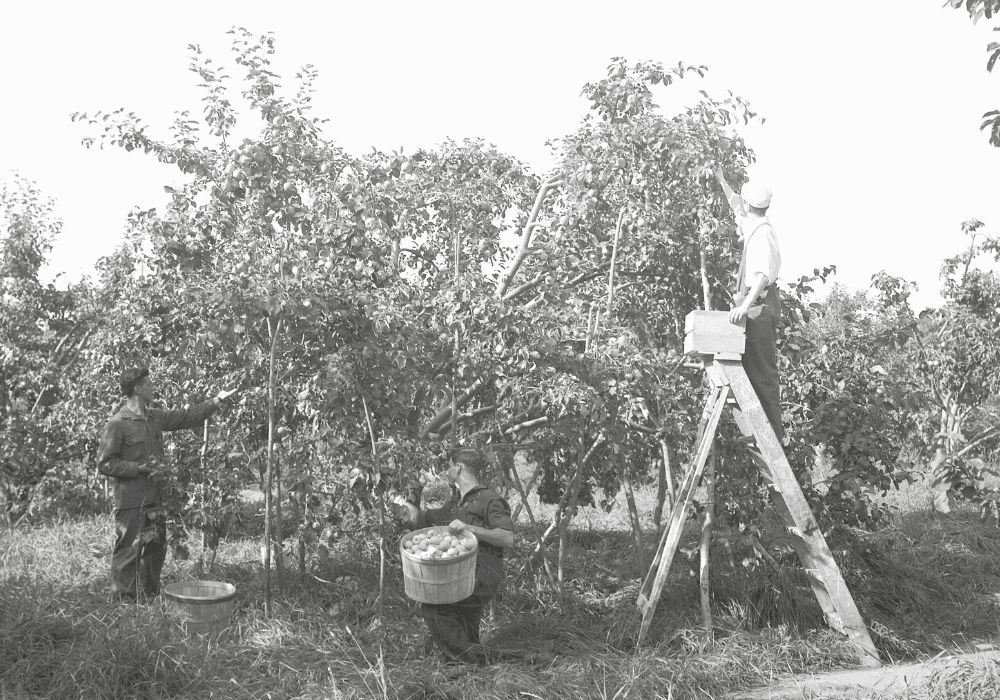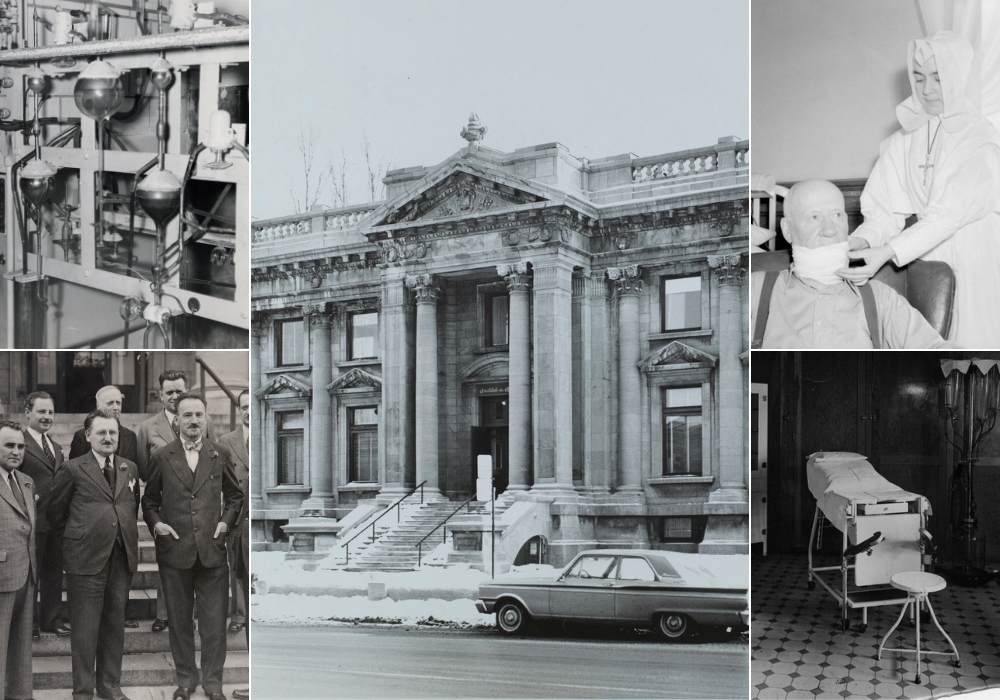
Weyburn Mental Hospital
When the doors to the Weyburn Mental Hospital opened on December 29th, 1921, the facility had a capacity of 900 patients, 60 nurses and 60 attendants. A few years later, the addition of a second wing made room for 3,000 patients and staff, but the hospital was nearly always over capacity. WMH was not only one of the largest facilities of its kind in the country, it soon developed a reputation for cutting edge treatments and psychiatric drug research.
The history of the Weyburn Mental Hospital dates back to 1879, after a massive migration of settlers to the west stirred the federal government to pass legislation “regarding the safe keeping of dangerous lunatics in the Northwest Territories.” Saskatchewan joined the Dominion of Canada in 1905, and within 20 years had begun to build such institutions, first in North Battleford, then in Weyburn.
The WMH used many standard psychiatric treatments such as insulin therapy, hydrotherapy, lobotomy and electroshock therapy. However, the hospital was on the cutting edge of drug therapy. As early as 1954 d-lysergic acid diethylamide (LSD) was used on staff volunteers to simulate schizophrenic experiences in order to encourage sympathy with their patients. By 1959 WMH doctors had published thirteen papers in scientific journals.
Such a large facility on the outskirts of town had a great impact on the City of Weyburn. Many men and women chose nursing, later called psychiatric nursing, specifically because they could train and work locally. Some of the patients, “mental defectives” as they were called, were integrated into the community through halfway houses after being released from the hospital.
By allowing visitors an inside look at the patients, the staff, the treatments and the way of life at the Weyburn Mental Hospital, this Community Memories exhibit tells the story of a mental hospital that became a community of its own.

